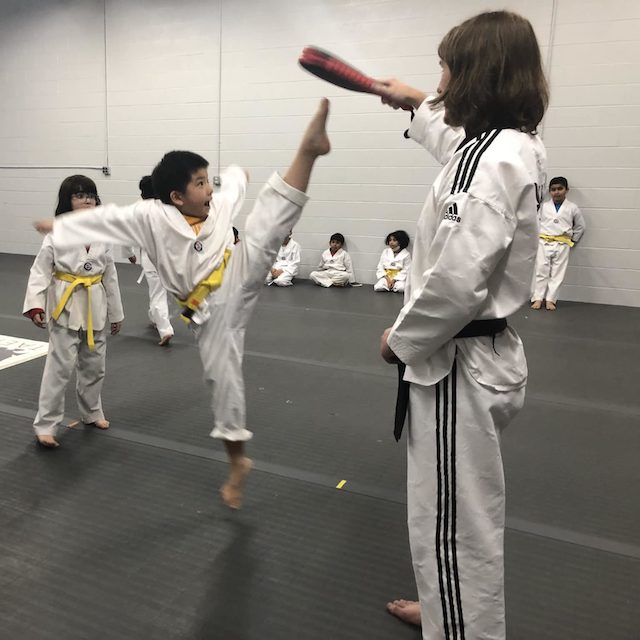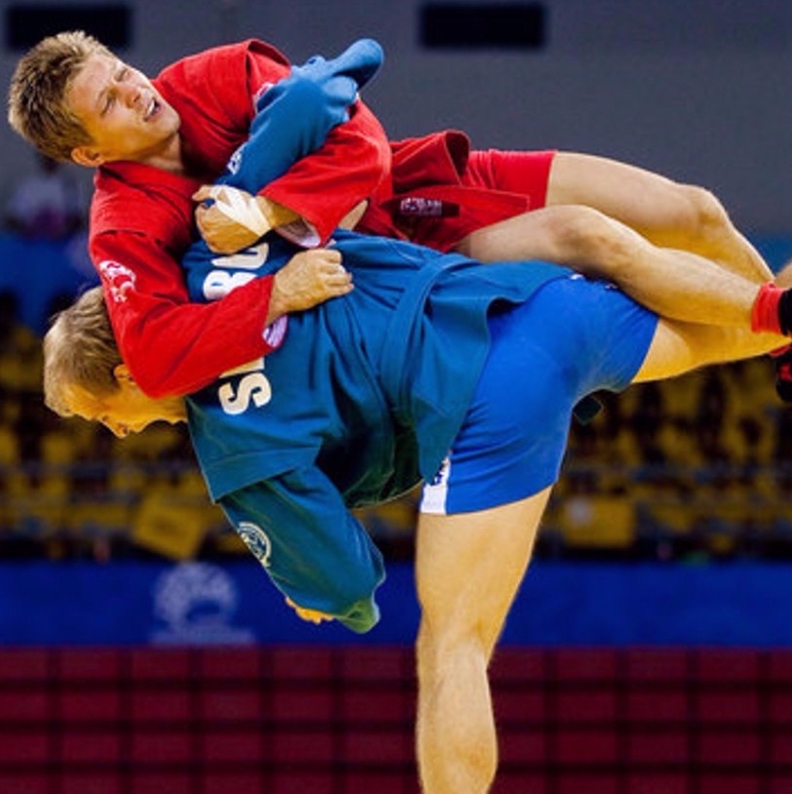The History and Evolution of Russian Martial Arts
The history of Russian martial arts is rich and varied. It began centuries ago. Warriors of ancient Rus trained in combat skills to defend their lands. Over time, these skills evolved into a structured system of martial arts.
Key periods marked significant growth in these arts. The Middle Ages saw the rise of Russian knights, known as boyars. They enhanced martial practice with their own fighting techniques. Unique styles emerged during this era. Each region developed its own form, influenced by local traditions and needs.
The Russian Empire’s expansion brought new influences. It integrated techniques from the conquered regions. This integration formed a diverse martial culture within the military. The Russian martial arts were refined further.
The Soviet era brought centralization. Combat sports became a state-controlled activity. Systems like Sambo emerged. They combined native techniques with foreign martial arts principles.
Post-Soviet Russia witnessed a resurgence in traditional martial arts. There was an increased interest in preserving heritage. Systems such as Systema gained popularity worldwide.
Throughout its history, Russian martial arts have been a reflection of Russian society. They adapted to the changing political, social, and military landscapes. Today, they continue to evolve, embracing modern techniques while preserving traditional values.
Key Principles of Russian Martial Arts
Russian martial arts stand on key principles that define their character and effectiveness. These principles grew out of a need for practical and adaptable combat strategies in varied environments.
Efficiency and Practicality are at the core. Practitioners aim to end confrontations quickly. They use minimal, yet powerful movements. This approach reduces the risk of fatigue and injury.
Adaptability is another pillar. Russian martial arts react to change with ease. They encourage fighters to adjust to any situation. Whether in a crowded space or in open terrain, fighters stay resilient and resourceful.
Breathing Control is crucial. It helps maintain calmness and focus during combat. Good breath control enhances stamina and power in strikes and grapples.
Psychological Readiness reflects the mental aspect. Fighters train to remain mentally sharp and prepared for any encounter. This readiness can intimidate opponents and provide a tactical advantage.
Holistic Approach takes into account the person as a whole. Training integrates mental, physical, and spiritual development. The result is not only a skilled fighter but a well-rounded individual.
These principles form a foundation. They allow Russian martial arts to thrive in training and real combat. Instructors emphasize them, and students learn to internalize these values. As the arts continue evolving, these principles remain a constant guide.
Fundamental Techniques in Russian Martial Arts
The core of Russian martial arts lies in its fundamental techniques. These techniques set martial arts apart. They demonstrate a unique blend of strength, precision, and fluidity. Here are the key techniques practitioners must master.
Striking is foundational. Punches and kicks must be direct and forceful. Russian martial artists train to deliver strikes with maximum impact using minimum effort.
Grappling plays a crucial role. Joint locks and throws help control opponents. These moves require skill and a deep understanding of human anatomy.
Ground Fighting ensures competence in any position. Practitioners learn to defend themselves and attack while on the ground.
Weaponry is also featured. Traditional weapons such as the nagaika (whip) and the shashka (sword) are still taught. Mastery of these extends a fighter’s reach and strategic options.
In training, repetition is key. Drills hone technique until movements become instinctive. Sparring sessions test these techniques under pressure. They also build adaptability mentioned in the key principles.
Overall, these fundamental techniques equip fighters for varied combat scenarios. They combine efficiency with the ability to respond to any challenge. This makes Russian martial arts effective for self-defense and competitive fighting.
Training Methods Unique to Russian Martial Arts
Russian martial arts boast diverse and unique training methods. These methods ensure practitioners master the fundamental techniques and principles discussed earlier. Three distinct aspects mark their training approach.
Personalized Training Routines adapt to each student. Instructors craft programs suited to individual needs and progress. This tailoring fosters skill growth at a comfortable pace.
Dynamic Simulation Drills create real combat scenarios. Trainees experience the pressure and unpredictability of actual fights. These drills enhance quick thinking and adaptability.
Mental Conditioning Exercises prepare fighters for the psychological challenges of combat. They engage in activities that boost focus, calmness, and courage.
For gear, learners start with minimal equipment. This strategy builds physical strength and endurance. Over time, they may train with traditional weaponry to extend their skillset.
Training in Russian martial arts is not just physical. It involves a balance of mind, body, and spirit development. This holistic approach is key to a practitioner’s growth and skill mastery. Instructors emphasize these unique methods to maintain the core values of the martial arts.
Famous Russian Martial Artists and Their Impact
Russia has produced many notable martial artists. Their impact extends beyond their home country. They have influenced global martial arts. Here are a few celebrated names and their contributions.
Fedor Emelianenko stands out in mixed martial arts (MMA). Known as ‘The Last Emperor’, his fighting style showcases the effectiveness of Russian martial arts in modern combat sports. His victories in prestigious MMA organizations have won him fans worldwide.
Alexander Karelin is a legend in the world of wrestling. His Greco-Roman wrestling skills earned him multiple Olympic gold medals. Karelin’s dominance on the mat displayed the power and technicality of Russian grappling techniques.
Vladimir Vasiliev and Mikhail Ryabko are masters of Systema. This martial art focuses on natural, versatile movement. They have played a major role in popularizing Systema internationally. Their teaching highlights the adaptability and psychology underlying Russian martial arts.
Valentina Shevchenko is a current star in women’s MMA. Her success shows the versatility of Russian martial arts techniques for all genders. She champions quick, precise strikes and grappling skills in her fights.
These individuals have embodied the principles and techniques of Russian martial arts. Their achievements highlight the system’s global relevance. They inspire a new generation of martial artists, in Russia and beyond. Through their impact, the traditions and effectiveness of Russian martial arts continue to thrive internationally.
Integrating Russian Martial Arts into Modern Combat Sports
The integration of Russian martial arts into modern combat sports has been noteworthy. It showcases how these traditional practices have evolved to remain relevant in today’s competitive arenas. Key elements of martial arts, such as efficient striking, dynamic grappling, and psychological preparedness have significantly contributed to the landscape of modern combat sports such as mixed martial arts (MMA).
In MMA, for instance, the precision and power behind the striking techniques of martial arts play a crucial role. Fighters adept in these techniques can deliver impactful blows with the economy of movement, giving them an edge over their opponents. The grappling and ground-fighting knowledge also gives them an advantage, allowing for effective control and submission of opponents.
Beyond techniques, the strategic mindset fostered by Russian martial arts is of great value. This psychological edge prepares competitors to face and overcome the intense mental pressures of modern combat sports competitions. Adapting to the unpredictable nature of fights, maintaining focus under stress, and exhibiting resilience are traits learned through the training methods unique to martial arts.
Moreover, renowned Russian fighters have been pivotal in this integration. Athletes such as Fedor Emelianenko and Valentina Shevchenko have proven the effectiveness of Russian martial arts on the world stage, inspiring many to incorporate these practices into their training regimes. Their successes in top-tier MMA promotions have also increased the visibility and respect for martial arts within the global combat sports community.
Ultimately, these arts have found their place in modern combat sports without losing their essence. While they continue to adapt to new contexts, they still honor the core principles and traditional techniques. This balance between preservation and innovation is what allows Russian martial arts to remain a vital part of the evolution of combat sports today.
Russian Martial Arts Equipment and Attire
When practicing Russian martial arts, specific equipment and attire enhance the experience. This gear aligns with the arts’ principles of practicality and adaptation. Here’s a breakdown of the traditional items.
Training Uniforms: Comfortable clothing is essential. Practitioners often wear loose-fitting pants and a jacket. These allow for freedom of movement. The gear is functional and robust to withstand rigorous training.
Protective Gear: Safety is a priority. Gloves, shin guards, and headgear protect during sparring. These items prevent injury but are light enough not to impede movement.
Footwear: Shoes are selected for flexibility and grip. They enable quick movements and stability. Often, training is done barefoot to improve balance and grounding.
Training Tools: Martial arts incorporate various tools. Striking pads, dummies, and bags aid in technique refinement. These tools simulate real-world scenarios.
Traditional Weapons: Some schools teach weapon use. The nagaika and shashka are common. These weapons extend training beyond unarmed combat.
The attire and equipment used in Russian martial arts reflect the tradition’s history and adaptability. As martial arts continue to grow, so does the evolution of its gear. Yet, simplicity and functionality remain at the core of the equipment choices.
Preserving the Traditions: Russian Martial Arts Today
In the modern world, the ancient traditions of Russian martial arts continue to thrive. Amidst a rapidly changing society, these arts remain a bridge connecting the past with the present. Practitioners and masters alike are staunch in safeguarding the rich heritage embedded in each move and technique. Here’s how the traditions of martial arts are being kept alive today.
Regular Practice and Teaching: Instructors ensure traditions survive through regular sessions. They pass down not only techniques but also the stories and philosophies behind them.
Cultural Events: Festivals and competitions celebrate these martial arts. They bring experts and enthusiasts together, fostering a community of shared knowledge and appreciation.
Mentorship Programs: Experienced practitioners mentor the next generation. They instill in them the values and disciplines of the arts. This guidance contributes to a vibrant future for the traditions.
Online Resources: The internet offers access to vast materials. Videos, tutorials, and forums spread the knowledge far and wide. This helps keep the martial arts current and accessible.
Global Seminars: Masters travel the world to conduct seminars. They showcase the effectiveness and relevance of Russian martial arts today. This global interest ensures the traditions reach new audiences.
By maintaining these practices and sharing them with the world, martial arts continue to resonate within the hearts of modern-day warriors. This meticulous preservation ensures that, no matter how much the world changes, the spirit and soul of Russian martial arts remain undiminished.



